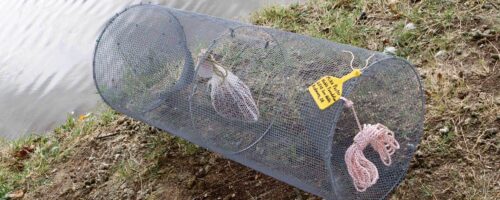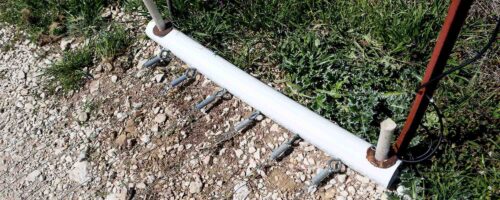With hunting season here, this is a good time to review a few hunter safety tips to ensure everyone remains safe while preparing for the next hunting trip and when hunting. Unfortunately, people are injured every year in hunting-related activities. Accidental firearm discharge, falling from tree stands and a shooter misidentifying the target are the main causes of fatalities and injuries. As a certified hunter education instructor, I stress the following tips to students in hunting courses, regardless of age or experience.
- Always point the muzzle of the firearm in a safe direction.
- Treat every gun as if it were loaded.
- Make sure a firearm is unloaded every time it is handled.
- Keep fingers away from the trigger except when ready to fire.
- A safety is a mechanical device that can fail.
- Use ammunition or arrows that are appropriate for the gun or bow.
- Positively identify your target as well as what is behind it before shooting.
- When hunting for upland birds and big game such as deer, wear hunter orange.
- Always use a full body safety harness when hunting from a tree stand.
- Always use a climbing rope when installing a hanging tree stand.
- Make sure a helper is present when installing a hanging or ladder tree stand.
- Always inspect trees to make sure they are healthy with no dead branches or trunks before climbing or installing stands.
- Use the three-point method of contact: two feet and one hand or two hands and one foot in contact with steps. Go slowly when climbing a tree.
- Use string or rope to raise and lower firearms, bows and other equipment into elevated stands or blinds.
- Consider using ground blinds instead of elevated stands.
- Before crossing a fence, unload firearms or place any arrows in the quiver and place them on the ground under the fence or hand them to someone across the fence.
- Do not substitute a scope mounted to a rifle for binoculars.
- In the event a firearm is dropped, make sure it is unloaded, then remove dirt or other obstructions from inside and outside the barrel.
- Follow local hunting laws and regulations.
- Never use drugs or alcohol when target shooting or hunting.
- Wear gloves when field dressing game.
- Wear a helmet when riding an ATV.
- Inform someone about plans and locations before hunting.
Always remember to practice safety first. Once the shot is fired, it can never be taken back.
For specific information about hunter education in Oklahoma, visit the Oklahoma Department of Wildlife Conservation’s website. In Texas, visit the Texas Parks and Wildlife Department’s website.



Comment